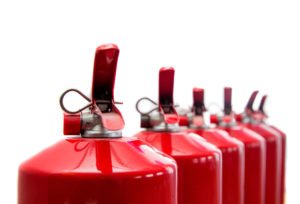class b fire is caused by
All these substances are. That normally do not leave any embers or residues or very low amounts of residues.
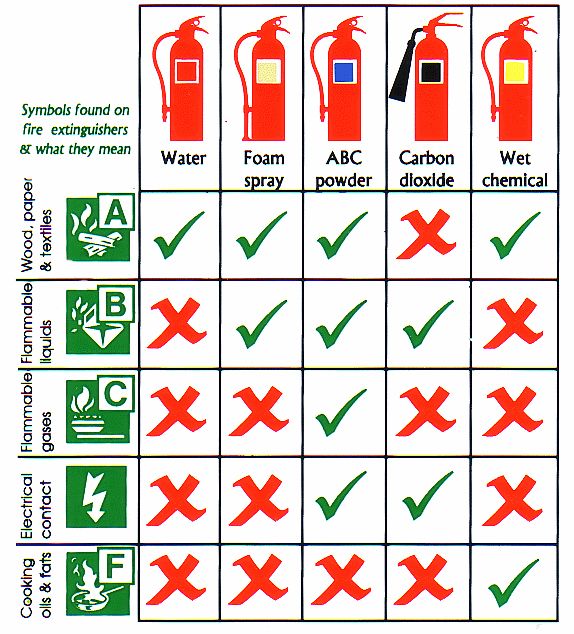
Fire Extinguisher Types How To Choose The Right Class
Fire Classes - Fsh Direct.

. There are class B fire extinguishers as well. Combustible liquids and gases - The word combustible simply means to ignite or burn and the opposite of it is non-combustible. Fire class C Is a.
In fire classes a Class B fire is a fire in flammable liquids or flammable gases petroleum greases tars oils oil-based paints solvents lacquers or alcohols. Flammable Liquids andor Gases The next fire type you need to be aware of is the ones started by flammable liquids. There are four classes of fires.
Class B fires should be extinguished using foam powder water mist or carbon dioxide extinguishers according to the Fire Equipment Manufacturers Association. A Class B fire is fire that is caused by liquid and materials that are capable of melting through the application of heat energy onto them. Fire class B Is a type of fire caused by flammable liquids.
You should use class c fire extinguishers or one classed for abc or bc fires to put out an electrical fire. Most of these liquids have a high carbon content and the compounds in them and are highly combustible. Class b fires are fires which involve flammable or combustible liquids.
A Class C fire requires a different kind of extinguisher such as a foam or CO₂ extinguisher. This type of extinguisher will quickly extinguish the fire and prevent it from reigniting. As such class B fires require a different approach from class A fires to combat.
Fires caused due to flammable liquid substances like petrol diesel oil varnish solvents paints kerosene cooking oil etc are classified as class B or type B fire. These include alcohols oil gasoline and paint. Class B fires are determined by.
The use of lighter fluid on a charcoal grill for example creates a Class B fire. Class b fire is caused by. The us system includes flammable gases in their class b.
Ordinary solid combustibles such as paper wood cloth and some plastics. -it is extinguished by fire blanket if it is small and dry powder foam or carbon dioxide if it is large. Some plastics are also Class B fire materials.
Such as petrol alcohol and kerosene. So a class B fire is very dangerous as it is the burning of flammable liquids. Class B fire extinguishers are a step up from their class A counterparts.
Class B fire refers to a fire involving flammable liquids such as petroleum gasoline kerosene petrol diesel octane etc paint alcohol solvent oil and tar etc. They can ignite by heating them up to extreme temperatures or with a simple spark. Class B Fires.
These types of extinguishers work by removing off a fires oxygen supply. Because ordinary combustibles are so common in house fires authorities usually recommend that you get a fire extinguisher that includes at least an AB rating Most common fire extinguishers are class ABC. Examples o include fats alcohol oils petroleum etc.
Flammable liquids such as alcohol ether oil gasoline and grease which are best extinguished by smothering. Electrical equipment appliances and wiring in which the use or a nonconductive extinguishing agent prevents injury. Any of the following may be the fuel source for a class b fire.
These types of extinguishers will smother the fire and prevent it from. Examples of flammable liquids include petrol oil paraffin alcohol and certain paints. The most effective fire extinguisher on a Class B fire is a dry chemical extinguisher.
They can put out fires involving flammable liquids. Flammable Liquids and Gases. In the United States all flammable liquids and gases are Class B.
A Class D Fire fire caused by LPG b Class B Fire fire caused by oil and What is from BSME 101 at Polytechnic University of the Philippines. While class A fire extinguishers are designed exclusively for paper- and wood-based fires class B fire extinguishers are designed for flammable liquids. For example propane natural gas gasoline and kerosene fires are types of Class B fires.

Fire Extinguishers Marsden Website

The Different Types Of Fires Classes Prevention Reaction

The 6 Types And Classes Of Fire And How To Attack Them Haspod

The Five Classes Of Fires And The Fire Extinguishers That Stop Them Strike First Usa

Pin Em Abc Store Pressure Fire Extinguisher
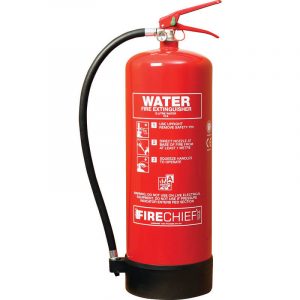
Fire Extinguisher Colours Fire Risk Assessment Network

Fire Extinguisher Types Uses How To Choose

Types Of Fires Kidde Fire Safety

The Types Of Fire Extinguishers Classifications Water Foam Co2

Which Fire Extinguisher Should I Use For Each Type Of Fire Infographicbee Com Types Of Fire Fire Extinguisher Training Extinguisher
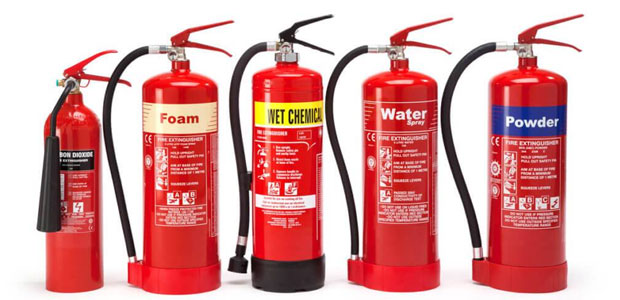
The Abcs Ds And Ks Of Fire Extinguishers Occupational Health Safety

Abcs Of Fire Extinguishers Fire Prevention Services The University Of Texas At Austin

The 6 Types And Classes Of Fire And How To Attack Them Haspod
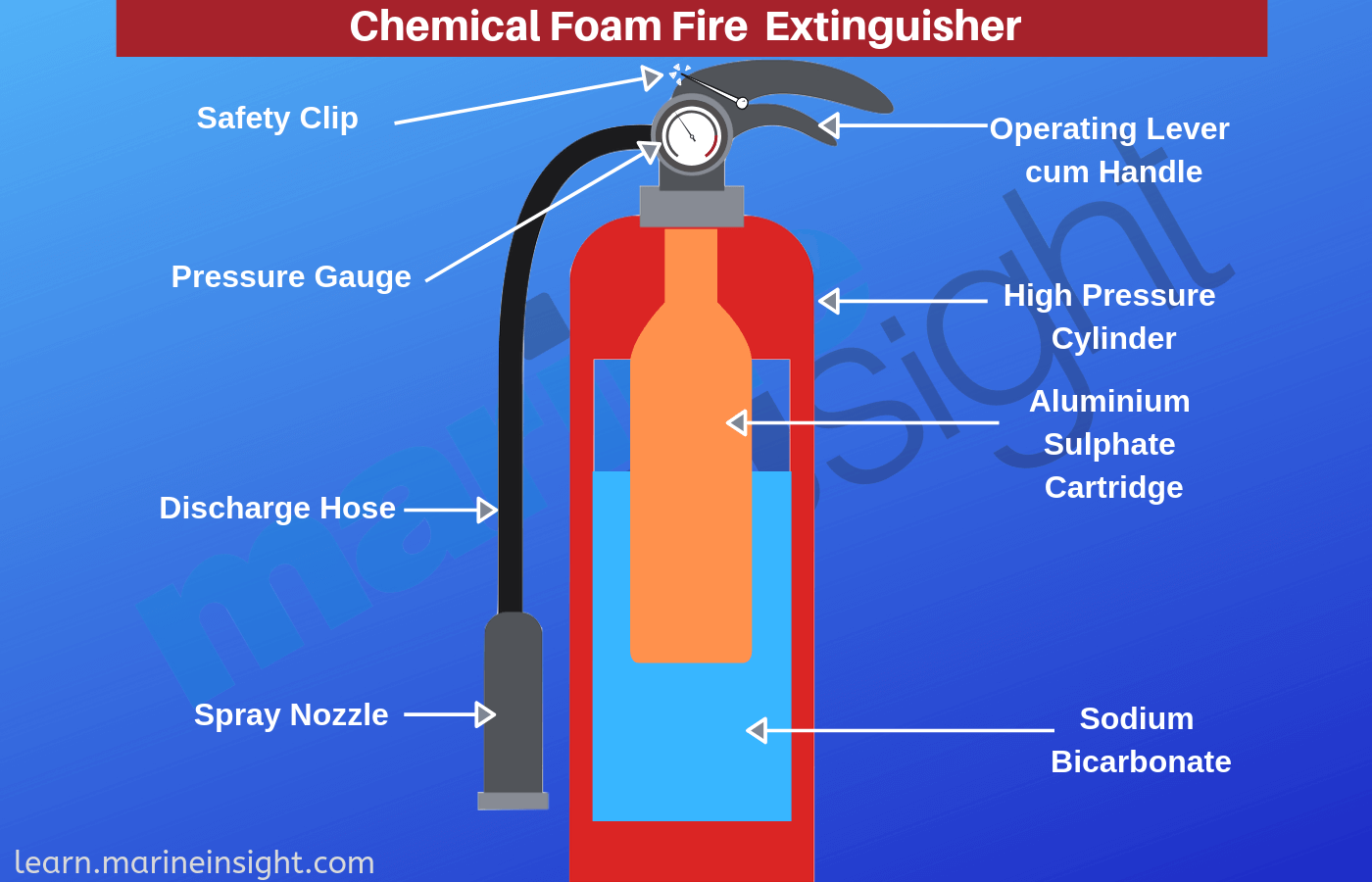
Different Types Of Fire Extinguishers Used On Ships

The Types Of Fire Extinguishers Classifications Water Foam Co2

The Different Types Of Fires Classes Prevention Reaction


